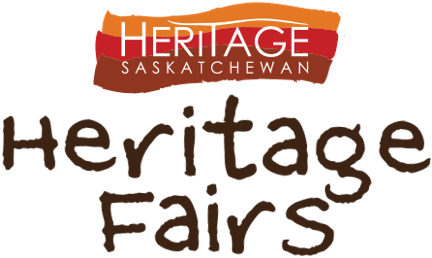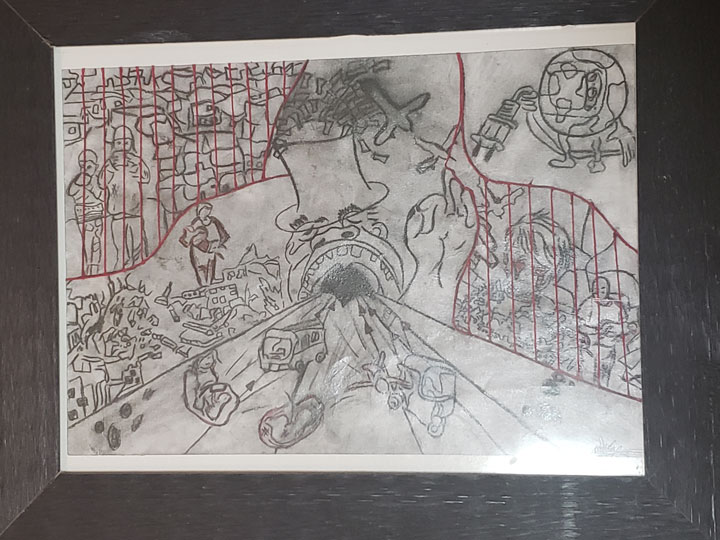What is Plagiarism?
- Plagiarism is passing off someone else’s words or ideas as your own
- Plagiarism is giving information without properly crediting the source of that information
- Plagiarism can be unintentional or intentional
- Example of unintentional plagiarism: forgetting to list a source of a quote in your project
- Example of intentional plagiarism: submitting someone else’s project as yours
- Self-plagiarism is when you take your own words from a different project and put them into a new one
What is Copyright?
- “Copyright” means “the right to copy” and it relates to who owns the project
- Using someone else’s work without permission violates copyright
- Even if you cite your sources and give credit, if you don’t have permission, it technically violates copyright
- Fair dealing (called “fair use” in the United States)
- “Fair dealing” refers to exceptions to copyright or to situations where you do not have to ask permission
- One of these important exceptions is for academic or educational purposes!
- If you are using someone else’s work (with proper credit, of course!) to teach or discuss your topic, you do not need permission.
- However, things like background music and decorative photos are not covered under fair dealing.
- Even if you are legally covered under fair dealing, music and video clips are often flagged for copyright violations by their parent companies or by overzealous online algorithms.
How are plagiarism and copyright different?
- Plagiarism is about the content of the project and where you got the idea from
- For more information about plagiarism, check out Purdue University’s Online Writing Lab
- Copyright is about who owns the project and who can use it
- For more information about copyright, check out the Canadian Intellectual Property Office website
How to avoid plagiarism
- Cite your sources as much as possible
- Make sure that even if you put something into your own words (paraphrasing or summarizing) that you cite the source of the information
- If you are not sure whether something is “common knowledge”, ask yourself: did you find it in at least three different sources?
- By "different" sources, these are sources that do not refer to each other.
- Avoid “copying and pasting” anything directly from an online source into your project
Expectations for References in High School Heritage Challenge Projects
- All projects must have at least one list of references. You could title it “References”; “Works Cited”; “Bibliography”; and/or “Credits”. (“References” is the most all-encompassing term.)
- If your project has any images, graphics, or photographs, you must include “Photo Credits”, either as a list or directly accompanying the images. (Credit yourself if you took the photos or created the graphics.)
- List anything that you used in your research in the References. This includes interviews with family/community members.
- You need to credit anything that you did not directly create.
- Anything that you created that is not writing (such as photos, artwork, game design, and music) should be separately credited to you. Any creative writing that you created for the project, such as poetry, should also be credited to you separately.
- If you are quoting yourself from another project, you must list your other project as a source (no different than if you were quoting someone else).
- Even if you obtained something from a copyright-free source, you must list that source.
- Particularly if the project is collaborative (such as a video), family members, friends, teachers, and other community members who assisted with your project should be credited.
- Projects should also have references “in-text”, such as footnotes/endnotes, attributive phrases (such as “According to X,…”), and citations. Quotes must always have in-text citations.
- You can use any citation style that you would like as long as you are consistent. Some suggestions include APA, MLA, and Chicago. For examples of these styles, check out Purdue Online Writing Lab.
Consequences for plagiarism
- Projects without references of any kind will not be judged and therefore will not be eligible for any awards. Otherwise, how well you cite your sources is considered as part of the overall judging process.
- Heritage Saskatchewan reserves the right to investigate suspected cases of plagiarism further. A project found to contain intentional plagiarism will be disqualified from being judged or from receiving any awards (if judged already). However, unintentional plagiarism will be dealt with on a case-by-case basis.
- Heritage Saskatchewan will make every effort to maintain the confidentiality and privacy of any student suspected of plagiarism. Projects will likely remain viewable, even if they are not judged. However, Heritage Saskatchewan reserves the right not to showcase any project.
Consequences for copyright violations
- If your project gets flagged for copyright violations from online algorithms, judges may have a hard time viewing and evaluating it.
- As online algorithms do not distinguish between actual violations and fair dealing, nor do they know when you have obtained permission, Heritage Saskatchewan will make every effort to judge all projects flagged by online algorithms.
- It is your responsibility to provide proof of permission if your project contains copyrighted material for reasons other than those covered under fair dealing. (The most common cases would be decorative images or background music.)
- While projects with copyright violations remain eligible for judging and awards, Heritage Saskatchewan reserves the right not to showcase them on its website if doing so would violate copyright.

